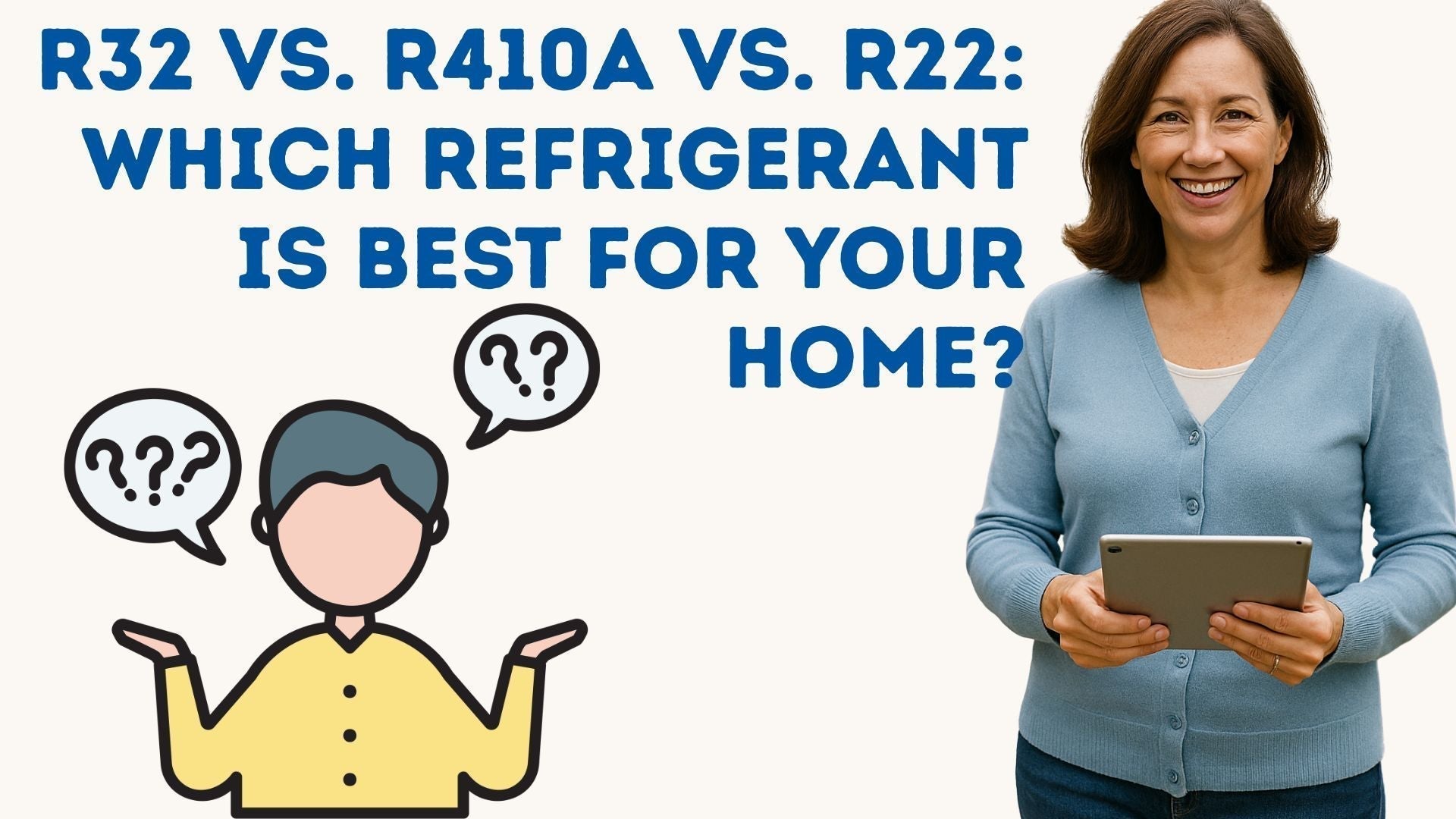Understanding the Refrigerants
-
R22: Once common in residential AC units, R22 has been phased out due to its ozone-depleting properties and high global warming potential (GWP).
-
R410A: A blend of R32 and R125, R410A replaced R22 but still carries a high GWP of 2088.
-
R32: A single-component refrigerant with a GWP of 675, offering better efficiency and lower environmental impact.
Efficiency and Performance
R32 boasts superior thermodynamic properties, allowing for more efficient heat transfer and reduced electricity consumption. According to Daikin, R32 can reduce electricity usage by up to 10% compared to R22 systems.
CLICK HERE FOR BEST RESIDENTIAL PACKAGED AIR CONDITIONERS
Environmental Impact
With a GWP approximately one-third that of R410A, R32 significantly lessens the environmental footprint of air conditioning systems. Its adoption aligns with global efforts to reduce greenhouse gas emissions.
Safety Considerations
R32 is classified as mildly flammable (A2L), but with proper handling and installation, it poses no significant risk. Its single-component nature also simplifies recycling and reduces the chance of composition changes over time.
Cost and Availability
R32 systems often require less refrigerant charge, leading to cost savings. Additionally, its widespread adoption is making R32 more readily available and affordable for homeowners.
Conclusion
Transitioning to R32 refrigerant offers homeowners enhanced efficiency, reduced environmental impact, and potential cost savings. As the HVAC industry moves towards more sustainable solutions, R32 stands out as a forward-thinking choice for residential cooling needs.
Meta Description:
Compare R32 to R410A and R22 refrigerants. Discover why R32 is the superior choice for efficiency, environmental impact, and long-term savings in home air conditioning systems.
In the next topic read about: Why R32 Refrigerant Is the Future of Home Cooling







